Heather Dewey-Hagborg – What can your genetic portrait tell the world? Public Interest Tech

Transcript
HEATHER DEWEY-HAGBORG: We use computers, we use phones, we use the internet. We. see these things, and so we have some kind of tangible relationship to them. But when you go to your doctor and they take some fluid out of your body and then come back and tell you about it, we don’t see all the biotechnology that’s happening behind the scenes. We don’t see the whole market in fluids and data that’s behind that. It’s totally invisible to us.
[Heather Dewey-Hagborg, Artist. A white woman with short sandy-blonde hair, wearing a loose-fitting black-and-gray-pinstripe dress.]
Heather Dewey-Hagborg, take one. I studied visual art alongside computer science. And so my work is really trying to ask deep questions about technology and how it functions and its impact on society.
In “Stranger Visions,” the question was how much can I learn about a stranger from a hair. I collected genetic artifacts, so things that strangers left in public, like chewed-up gum and cigarette butts and fingernails. I extracted DNA from them and analyzed it. And then what came out of that were these 3D printed portraits that represented one genomic interpretation of what a stranger might look like based on their genetic material.
[Footage of Heather in a lab, wearing disposable gloves, examining a tiny test tube. A series of full-color, racially diverse, lifelike 3D portraits hangs on a gallery wall. Heather’s laptop screen displays JavaScript code, which turns into a 3D model of a face generated by genetic code. With gloved-hands, Heather retrieves a freshly printed mask from a bed of gypsum powder at a 3D printer.]
One aspect was the kind of genetic surveillance aspect, that there was this vulnerability of the body. And then the second thing was this new technology was emerging of DNA phenotyping. DNA phenotyping is the attempt to create an actual picture of a person’s face from nothing more than their DNA. Two years after I exhibited “Stranger Visions,” a company called Parabon NanoLabs launched a product called DNA Snapshot that claims to do just this—to take DNA from a crime scene and make a picture of “the criminal.”
[At the words “the criminal,” Heather gestures air quotes.]
And this, I knew from my work and “Stranger Visions,” was just not possible; it was too subjective. There were many possible interpretations of one person’s face based on their data. It wasn’t this reductionist process. Actually, it was complex and nuanced and messy.
[Close-up shots of 3D portraits show different interpretations of DNA samples, revealing dramatic variations in the size and shape of facial features, skin tone, and facial structure.]
The biotechnological universe is growing all around us all the time. DNA phenotyping, recreational genetics, databases like 23andMe and Ancestry.com, GEDmatch, the criminal database. We have to really radically think about what it means to live in a time where there is no genetic privacy. We have to be hackers. We have to, like, DIY the whole thing. I would really like to see more artists and creative people working in public interest technology, making visible this kind of hidden world of biotechnology.
[This is tech at work for the public! Hashtag Public Interest Tech. Ford Foundation dot org forward slash tech. Ford Foundation logo: a globe made up of a series of small, varied circles.]
Accessibility Statement
- All videos produced by the Ford Foundation since 2020 include captions and downloadable transcripts. For videos where visuals require additional understanding, we offer audio-described versions.
- We are continuing to make videos produced prior to 2020 accessible.
- Videos from third-party sources (those not produced by the Ford Foundation) may not have captions, accessible transcripts, or audio descriptions.
- To improve accessibility beyond our site, we’ve created a free video accessibility WordPress plug-in.
How much can we learn about a stranger from a single strand of their hair? Through her work, artist Heather Dewey-Hagborg tries to ask deep questions about technology and how it functions and impacts society. She’s interested in genetic surveillance, and the issues it raises around the vulnerability and shortcomings inherent in something like DNA phenotyping, or the attempt to create a picture of a person’s face using their DNA.
For one of her exhibitions, Dewey-Hagborg collected hair, chewed-up gum, fingernails, and other genetic artifacts from public places and extracted DNA, which she used to create subjective 3D-printed portraits of strangers. It’s part of her exploration into the future of genetic surveillance and how the biotechnological universe is growing around us all the time. Dewey-Hagborg says we need to make the hidden world of biotechnology more visible to people and help ensure genetic privacy. “We don’t see all the biotechnology that’s happening behind the scenes,” she says. “It’s totally invisible to us.”
Heather Dewey-Hagborg is part of a larger community that wants to see technology serve the greater welfare of society. We call this Public Interest Tech.
Other videos in this series
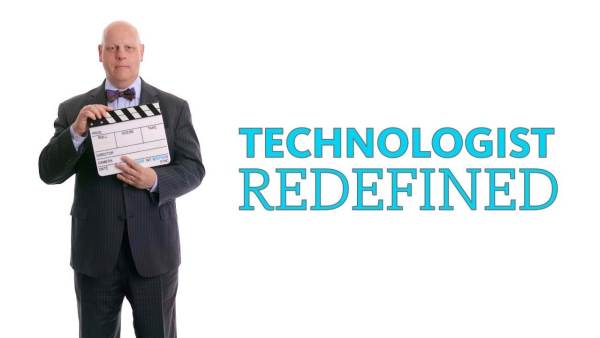
Danny Weitzner – Privacy and policy: a new school of thought. Public Interest Tech
Privacy is fundamental to our lives. Unanswered public policy questions raised by new technologies need to be addressed. Danny Weitzner, from the Massachusetts Institute of Technology (MIT), says as a society, we have to be directly engaged in these public interest technology questions to ensure new tools support human values.
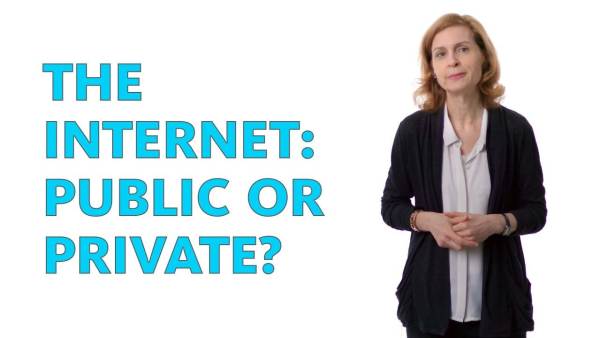
Susan Crawford – The internet: public or private? Public Interest Tech
Internet access is an indispensable factor when it comes to opportunities and resources needed for economic mobility. Public interest technologist Susan Crawford says government regulation is necessary to ensure provider incentives align with the public’s best interest and help create a better future for all.

Michelle Miller – A new age of advocacy. Public Interest Tech
Workers can use tools of the internet to push for better working conditions and outcomes, building a future of work that works for all. Michelle Miller, co-founder of coworker.org, focusses on building digital communities that put the power of numbers in the hands of the workforce.
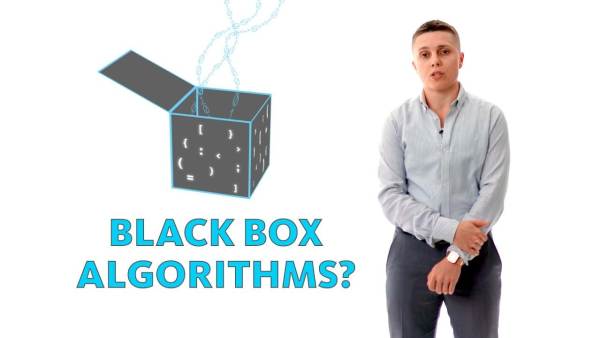
Kade Crockford – Can computers discriminate? Spoiler alert: yes. Public Interest Tech
The age of automated decision making, through algorithms, can exacerbate inequalities in society. The ACLU’s Kate Crockford believes we need to bring technologists into the public interest fold to address this worrying issue. Lawyers like Crockford play an important part in ensuring digital technologies work for the benefit of all.

Joy Buolamwini – Fighting the “coded gaze:” How we make artificial intelligence benefit all. Public Interest Tech
The automation of how computers detect, classify, and identify faces can favor some races and genders over others and also deepen existing inequalities. Public interest technologist Joy Buolamwini is building tools to help researchers code in a more inclusive way.
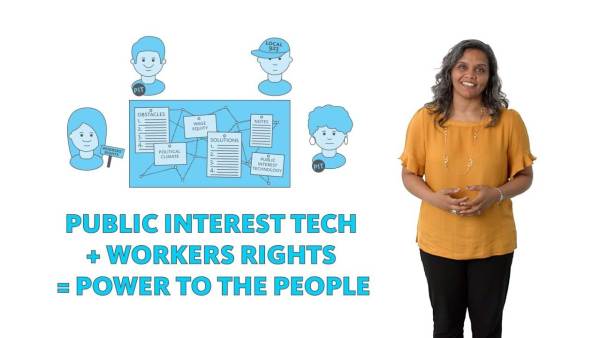
Sarita Gupta – The future of work(ers) rights! Public Interest Tech
Technology can help build a future of work that works for all. Sarita Gupta from Jobs with Justice explains how we can use technology to improve workers’ lives. Public interest technologists and social change leaders need to come together to design systems and tools that benefit all.
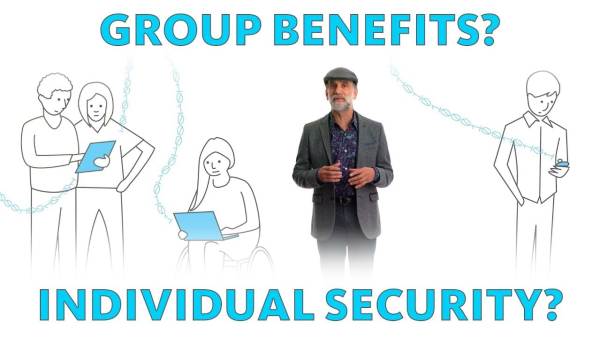
Bruce Schneier – How to survive in a hyperconnected world. Public Interest Tech
Cybersecurity expert Bruce Schneier says we need to find innovative ways to use surveillance data for the public good, while still maintaining our individual security. Tech decisions have policy ramifications, and policy decisions have tech ramifications—bridging the two worlds benefits everyone.
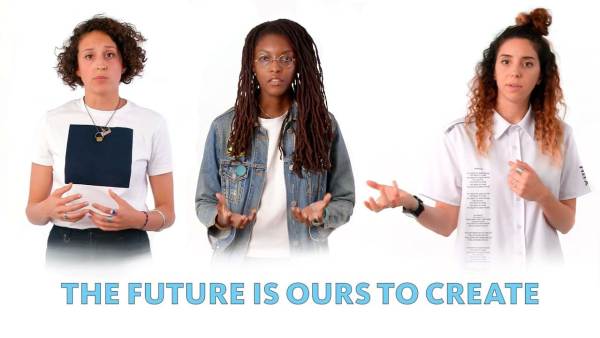
Hyphen-Labs – What does the future look like? Public Interest Tech
Technology can help us envision new ways of living. Artists can show us just what technology is capable of doing. But for tech to be truly inclusive, everyone needs to have a say in how it’s created. Artist collective Hyphen-Labs encourages experimenting with how we see the world.
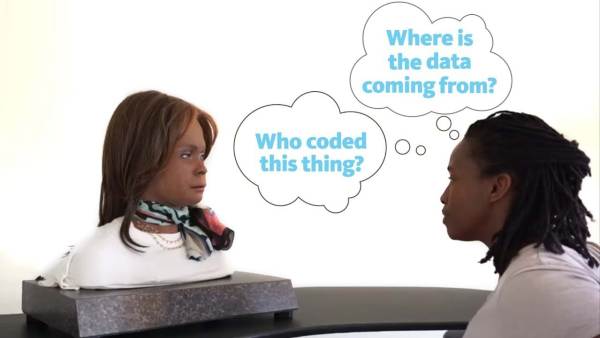
Stephanie Dinkins – Conversations with a robot. Public Interest Tech
There is implicit bias in artificial intelligence (AI). Artist Stephanie Dinkins wants data scientists and technologists to think about the ethical implications of AI and how better systems can be built for the future. Her work questions what machines are doing and why, so they can be more equitable and fair.
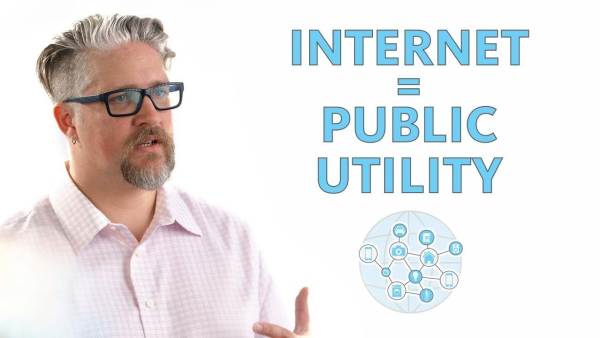
Éirann Leverett – Calling all hackers for good. Public Interest Tech
The internet is a shared safe space and should remain so. Éirann Leverett believes hacking can be used for public good. He maintains the issue of privacy and security should be seen as a consumer rights issue, and the internet should be treated as a public utility.
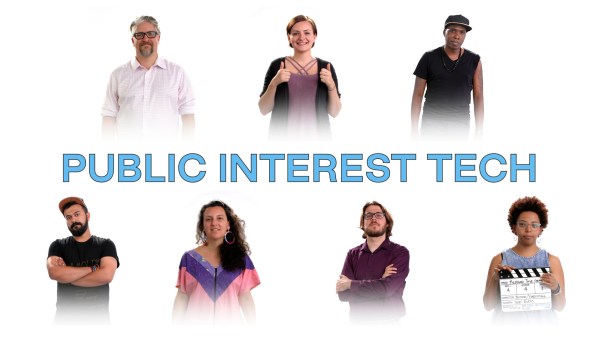
What is Public Interest Tech?
As it rapidly grows and changes our lives, technology can deepen existing inequalities in our world. For it to make a positive difference, public interest technologists work to ensure new and existing tech helps dismantle inequality and benefit the social good.
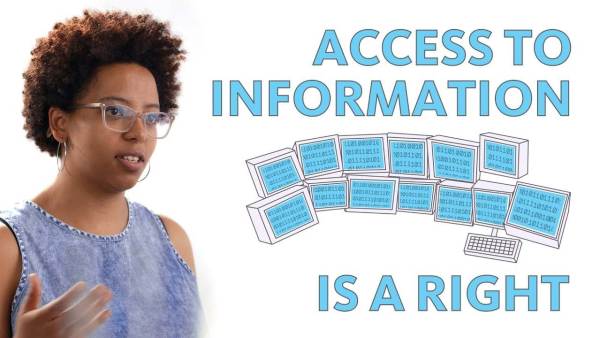
Berhan Taye Gemeda – Uncensored. Public Interest Tech
Censorship and online surveillance decrease opportunities for civic engagement. Social justice activist Berhan Taye Gemeda says access to the internet is a right, and she believes the internet should be governed by the public because it was created for the public. Accessible internet is essential for social change.
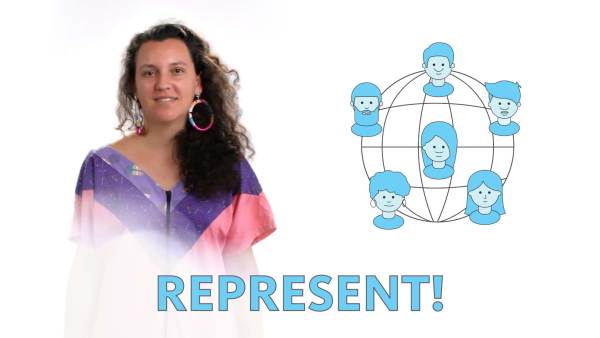
Steffania Paola Costa di Albanez – Who gets to make technology? Public Interest Tech
In the fight for equality, the way technology is developed should be a key issue. Open Web Fellow Steffania Paola Costa di Albanez says developers should reflect the diversity of those who use technology and represent a wide variety of user experiences, from women to Black women.
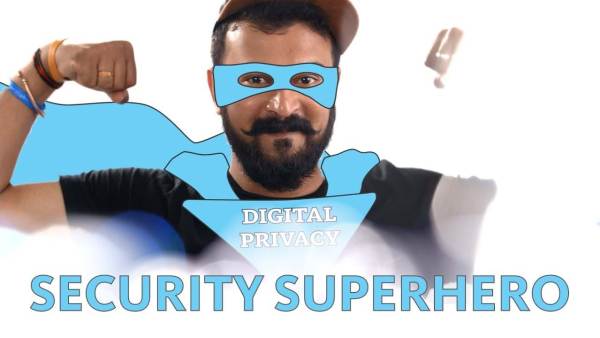
Sid Rao – My digital superpower. Public Interest Tech
Internet users don’t know how their metadata is being used or exploited for monetary or tracking purposes. Open Web Fellow Sid Rao aims to give people the tools to protect their digital privacy by knowing how their internet activities are being monitored.

Meet the future of tech. For good. Public Interest Tech
Public interest technologists show us how tech can work for social good and help fight inequality. They work to bridge the gap between what technologies are trying to build and what social scientists are trying to solve.
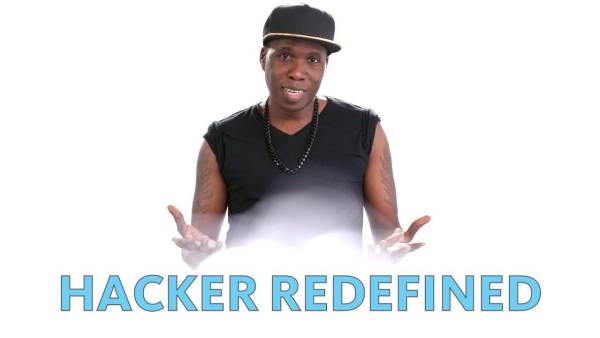
Matt Mitchell – I’m a hacker. For good. Public Interest Tech
Organizations need to be proactive in protecting themselves from digital threats. Hacker Matt Mitchell says it’s not a matter of if you will be hacked as an organization, it’s a matter of when. Having an understanding of these digital threats and planning before problems occur is vital.
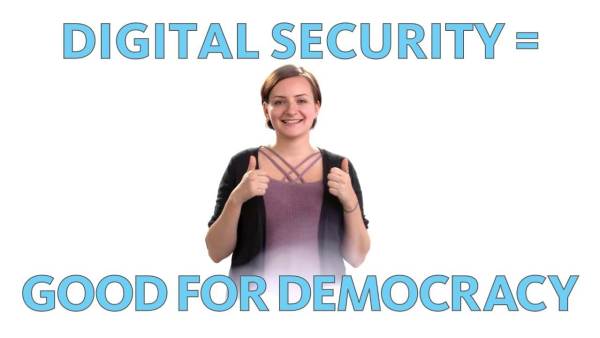
Jennifer Helsby – Digital security = good for democracy. Public Interest Tech
Having a free and open internet allows every person to read and speak freely online. Open Web Fellow Jennifer Helsby works to uphold freedom of the press and digital security, which are essential for journalists to maintain democracy.
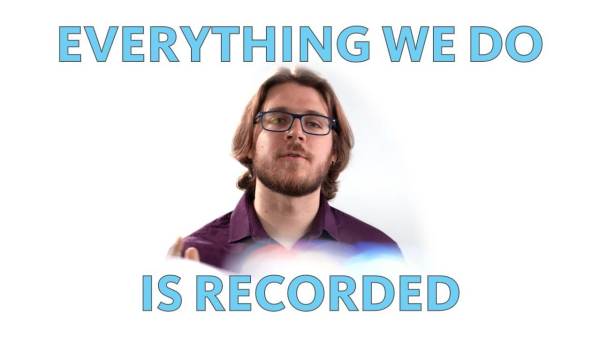
Etienne Maynier – Are these 5 tools in your organization’s digital security toolbox? Public Interest Tech
Fighting for a society that’s more equal means upholding the individual right to privacy. Etienne Maynier explains that digital surveillance is a pressing threat that feeds inequality. Protecting ourselves and our information is an important part of using technology to create a better society for all.